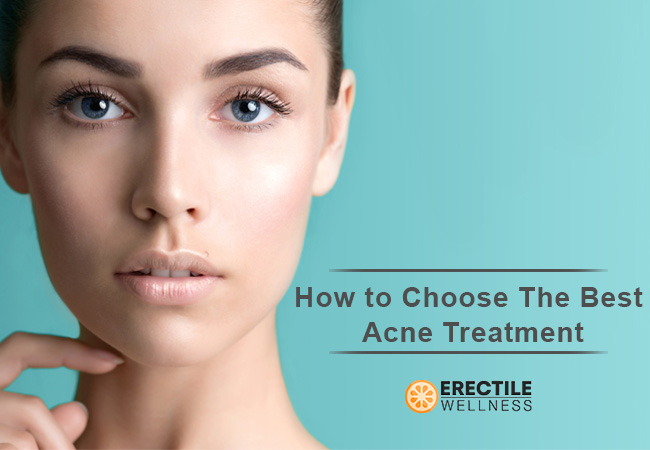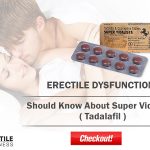
How do I get rid of hormonal acne?
hormonal acne
What does it mean to have hormonal acne?
Hormonal acne is exactly what it sounds like — acne tied to fluctuations in your hormones.
Although it’s typically associated with hormone fluctuations during puberty, hormonal acne can affect adults of any age. It’s especially common in women. A number of factors may contribute to this, including menstruation and menopause.
It’s estimated that 50 percent of women ages 20 to 29 have acne. It affects about 25 percent of women ages 40 to 49.
Expert opinions are mixed when it comes to hormonal acne. Although the Mayo Clinic says hormones generally aren’t a factor in adult acne, hormonal imbalances may contribute to acne in adults with underlying medical conditions.
In other cases, adults with acne may not have any “measurable” hormone issues. This can make diagnosis and treatment challenging.
Keep reading to learn what hormonal acne looks like, what causes it, and how to clear up breakouts.
What are the characteristics of hormonal acne?
During puberty, hormonal acne often appears in the T-zone. This includes your forehead, nose, and chin.
Hormonal adult acne typically forms on the lower part of your face. This includes the bottom of your cheeks and around your jawline.
For some people, hormonal acne takes the form of blackheads, whiteheads, and small pimples that come to a head, or cysts.
Cysts form deep under the skin and don’t come to a head on the surface. These bumps are often tender to the touch.
Hormonal acne may be caused by influxes of hormones from:
- menstruation
- polycystic ovarian syndrome
- menopause
- increased androgen levels
- Specifically, these hormone fluctuations may aggravate acne issues by increasing:
- overall skin inflammation
- oil (sebum) production in the pores
- clogged skin cells in hair follicles
- production of acne-causing bacteria called Propionibacterium acnes
Is menopausal acne a form of hormonal acne?
Many women begin to experience menopause in their 40s and 50s. This causes a natural decline in your reproductive hormones, resulting in an end to menstruation.
Some women experience acne during menopause. This is likely due to a drop in estrogen levels or an increase in androgen hormones like testosterone.
You may still experience menopausal acne even if you’re using hormone replacement therapies (HRTs) to ease your menopause symptoms. This is because some HRTs use an influx of the hormone progestin to replace the estrogen and progesterone your body loses. Introducing this hormone to your system can cause your skin to break out.
In most cases, prescription medication can clear up menopausal acne. Some women may find success using natural treatment methods. Talk to your doctor about which options may be right for you.
Traditional treatments for hormonal acne
Unless your hormonal acne is mild, over-the-counter (OTC) products usually aren’t successful.
This is because hormonal acne typically takes the form of cystic bumps. These bumps form deep under the skin, out of reach of most topical medications.
Oral medications can work from the inside out to balance your hormones and clear up the skin. Common options include oral contraceptives and anti-androgen drugs.
Oral contraceptives
Oral contraceptives specifically used for acne treatment contain ethinylestradiol plus one of the following:
- drospirenone
- norgestimate
- norethindrone
Together, these ingredients target the hormones that can contribute to acne. This can be especially helpful during peaks in hormones, such as during ovulation.
Oral contraceptives may not be an option for you if you have a history of blood clots, high blood pressure, or breast cancer. You also shouldn’t take these if you smoke.
Anti-androgen drugs
Anti-androgen drugs work by decreasing the male hormone androgen. Both men and women have natural levels of this hormone. Too much androgen, though, can contribute to acne issues by interfering with hair follicles that regulate skin cells and increasing oil production.
Although spironolactone (Aldactone) is primarily used to treat high blood pressure, it has anti-androgen effects. In other words, it can prevent your body from producing more androgen and allow your hormone levels to stabilize.
Retinoids
If your hormonal acne is mild, you may be able to use topical retinoids. Retinoids are derived from vitamin A.
Many retinoid creams, gels, and lotions are available over the counter. But you may want to see your doctor about a prescription-strength formulation. A prescribed product is often the most effective way to keep your skin consistently clear.
If you add a topical retinoid to your regimen, it’s important to apply sunscreen daily. Retinoids can increase your risk of sunburn.
How to treat hormonal acne naturally
In some cases, plant-based treatment options may be used to clear up mild hormonal acne.
Natural treatments are usually free of the side effects sometimes caused by prescription options. But they may not be as effective. Research on natural options is lacking, and at this time nothing has been proven to produce results. Talk with your doctor about potential risks and to ensure the treatment won’t interact with any medications you’re taking.
Tea tree oil
Tea tree oil works by decreasing inflammation that can contribute to acne. One study found that 5 percent topical tea tree oil relieved symptoms in participants with mild to moderate acne.
Tea tree oil is available in many of skin care products, such as cleansers and toners. You can also use tea tree essential oil as a spot treatment.
You should always dilute tea tree essential oil with a carrier oil before use. Popular carrier oils include coconut, jojoba, and olive. The general rule is to add about 12 drops of carrier oil to every one to two drops of essential oil.
It’s also important to do a skin patch test before using diluted tea tree essential oil. To do this, apply the diluted oil to the inside of your forearm. If you don’t experience any irritation or inflammation within 24 hours, it should be safe to apply elsewhere.
Alpha hydroxy acid
Alpha hydroxy acids (AHAs) are plant acids derived mostly from citrus fruits. AHAs can help remove excess dead skin cells clogging pores. As a bonus, AHAs can help minimize the appearance of acne scars.
AHA can be found in many OTC masks and creams. As with retinoids, AHAs can increase your skin’s sun sensitivity. You should always wear sunscreen when using products with AHA.
Green tea
Green tea is known for decreasing inflammation in the body. For a more holistic approach, consider drinking a few cups per day besides practicing your topical skin care regimen. You can find a great selection of green teas here. Lotions and gels containing at least 2 percent green tea extract may be beneficial.






